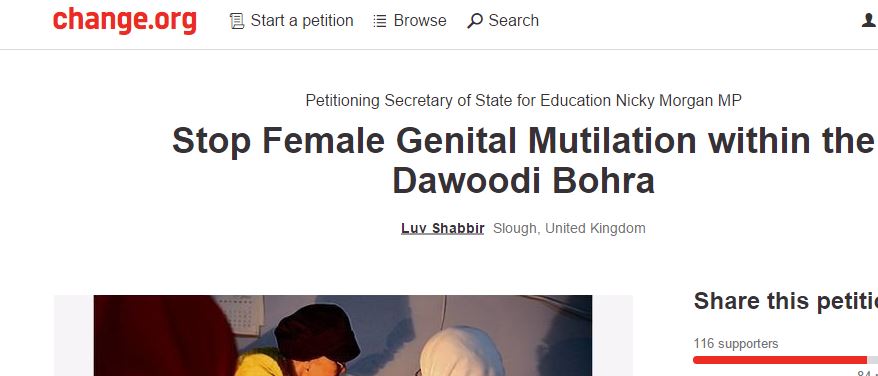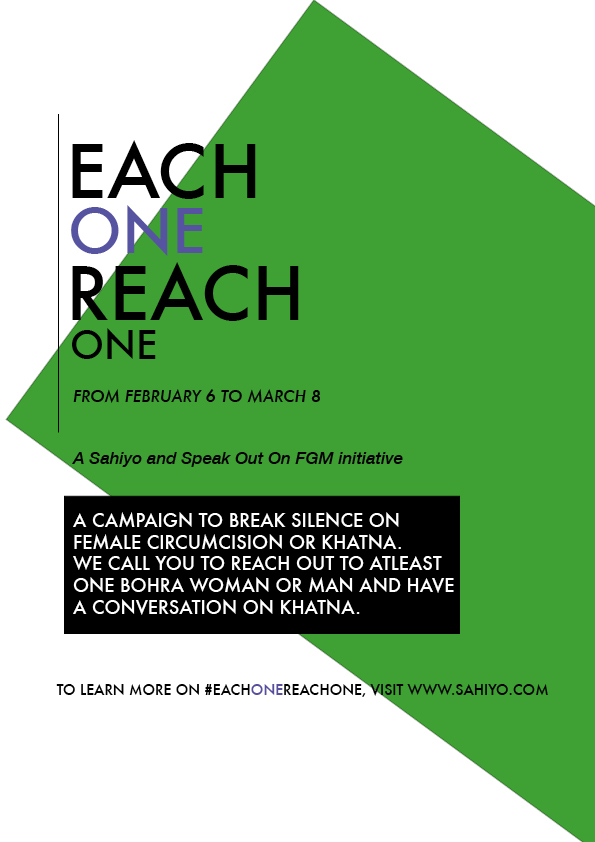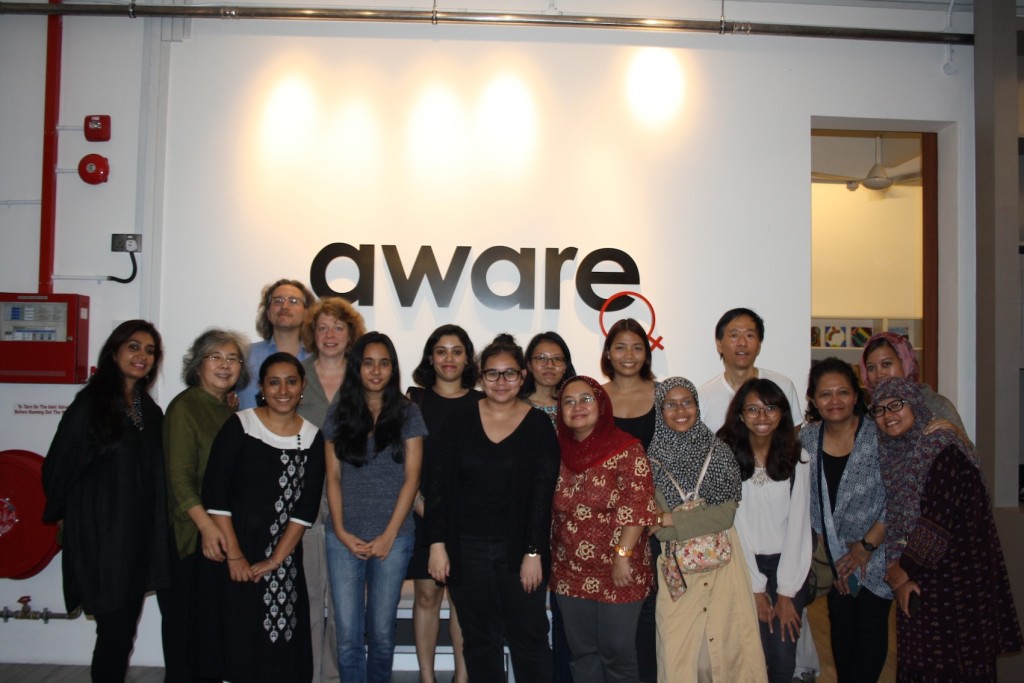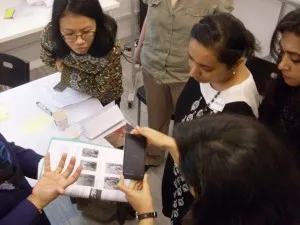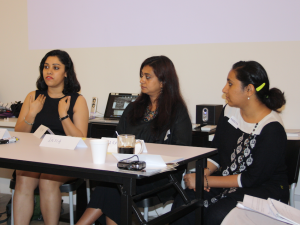(Trigger Warning: The story below is a powerfully, vivid account of one woman’s memory of FGC. We are grateful to her for sharing with us the details of her experience)
By Mariya Ali
Country: United Kingdom
I have very few memories of my childhood, but one memory in particular stands out and haunts me to this day. Unfortunately, it’s a vivid, painful memory and fills me with anger when I recall it.
I was five years old when my mother and aunt took my cousin and I on an “excursion”. I remember sitting in a car and approaching an unfamiliar block of apartments. I was confused; I didn’t know where I was and what I was doing there. Despite my seemingly endless young imagination, I could never have anticipated what happened to me next.
I walked into a small apartment with a cramped living room at the end of a very short corridor. There was a dampness in the air and a slight smell from the poor ventilation. I approached the living room and sat on the floor. It was a warm day and I watched the net curtains of the large window slowly move with the breeze. I had been greeted by an old lady, whose face I can’t remember. I didn’t recognise her and was confused as to why I was currently in her apartment. I watched as she walked out of the room. I peered inquisitively into the kitchen and caught a glimpse of her heating a knife on the stove. I was always told to stay away from sharp knives at that age. Knives were dangerous. I could hurt myself. I remember the open flame on the stove and seeing the silver of the metal and the black handle of the knife while I watched her quickly hold it over the naked flame. She approached the living room with the knife in her hand, trying to conceal it behind her. She approached me.
My mother asked me to remove my underwear. I remember saying no; I didn’t want a strange woman to see me without my underwear on. My mother assured me it would be okay; I trusted her and did as she asked. The old lady told me that she wanted to check something in my private area and asked me to open my legs. I was so young that I wasn’t scared at that time. I was confused, but not scared. I was innocently oblivious to how invasive and inappropriate this situation was and so I obediently did as I was told.
I remember a sharp pain. An agonising pain. A pain that I can still vividly remember today. So intense that I still have a lump in my throat when I recall that moment. I instantly started sobbing, from pain, shock, confusion and fear. My next memory is that of blood. More blood than I had ever seen, suddenly gushing out from my most intimate area. I still didn’t comprehend what had just happened to me. I had believed that aunty when she had told me that she was checking something. I was young and naive enough to believe that people don’t lie and this was my first encounter when I realised that, unfortunately, the world doesn’t work like that. In so many ways I was stripped of many things on that day. My rosy outlook on life, my childhood innocence, my right to dictate what happens to my body and my faith in my mother not harming me. I continued to cry, the pain was excruciating and the sight of the blood traumatised me. I was given a sweet and comforted by my mother. The events after that are still hazy and my next clear memory is that of being back in the car and staring through teary eyes at the apartment building disappear as we drove away.
Over the years I repressed this memory. There was no need to recall it. It was never spoken about and I still remained unaware of what transpired that day. A decade later, I was amongst some of my female friends. The topic of Female Genital Mutilation came up, or as I was to discover that day, “khatna”, a bohra ritual performed on young girls. Hearing their recollections of what had happened to them, I finally realised that this is what had happened to me that day.
I was mutilated.
Thankfully for me, I had a lucky escape. The unskilled, uneducated woman who barbarically cut me did not cause me too much physical damage. Emotionally and mentally, there are many repercussions. I have a deep phobia of blood and a simmering resentment that my mother chose for this to happen to me. Although my mother believed that she was acting in my best interest, I struggle to come to terms with the fact that I was so barbarically violated.
It may have been just a pinch of skin, but it was a part of me, a part of my femininity and a part of my womanhood.


